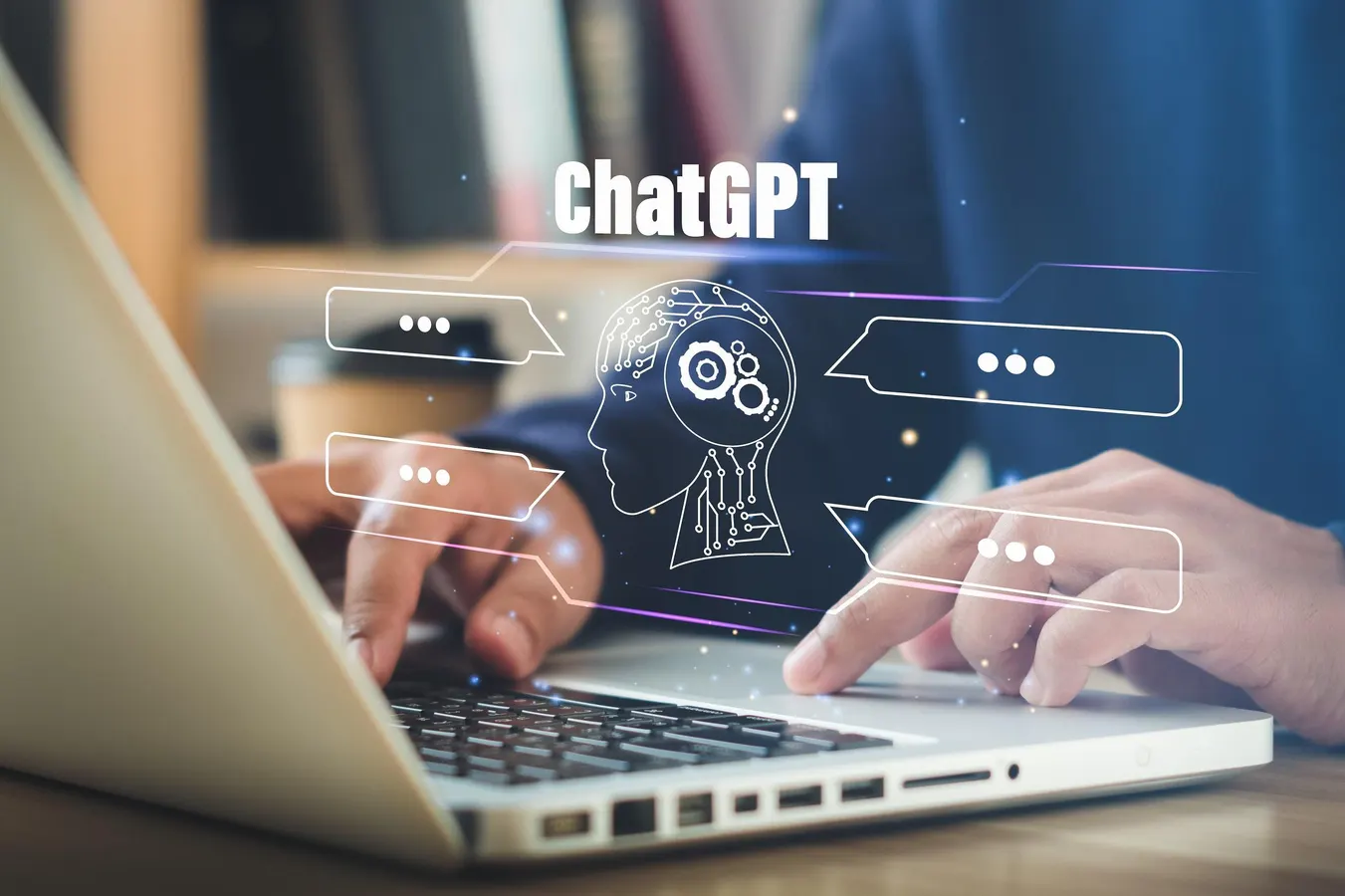The Hidden Problem: ChatGPT Still Remembers Too Much
You’ve probably seen it: ChatGPT referencing old instructions, long-forgotten projects, or outdated preferences. While personalization can help, clutter slows down your assistant and breeds confusion.
Manually deleting memories via Settings → Personalization → Memory → Manage memories is the only official way to remove entries—but it’s slow, error-prone, and offers no bulk-delete option. Conversations and memory lists can overflow, especially when your memory storage is nearing its limit. This can prevent new useful memories from being stored.
Why Traditional Cleanup Doesn’t Work
- You must click every single memory entry and read vague descriptions before deleting.
- Deleted chats don’t remove memory entries—you’re not actually removing memory unless you go into settings.
- Once memory reaches its limit (~1,200‑1,400 words), ChatGPT stops saving anything new until space is freed.
It’s messy, manual, and time-consuming.
Our Solution: Batch Memory Audit via Prompt
Instead of clicking through pages of memory items, here’s a smarter way: use ChatGPT itself to conduct a yes/no audit in batches of 10 entries. It speeds up deletion and gives you clear control—without guesswork or overflow.
✅ Fixture Prompt for Batch Memory Audit
Copy and paste this into ChatGPT:
I’d like to audit my ChatGPT memory in batches. Please present 10 saved or inferred memory items at once, numbered 1–10, each with a brief description. Then ask “Delete #X? yes/no” for each. I’ll reply with a string of y/n responses like “yynnynyyyn”. After my reply, delete the items marked “no”, then proceed with the next batch. Stop when memory is cleared or I say “done”.
How This Works: Walkthrough
Step 1: Review Current Memory Settings
- Click your profile icon (bottom-left) in ChatGPT
- Go to Settings → Personalization → Manage memories
- See existing memory entries (e.g. “You prefer short answers”, “You work on VKids Trend”)
This provides context before beginning the batch audit.
Step 2: Paste the Batch Prompt
In a new chat, paste the prompt above. ChatGPT will display 10 memory entries and ask deletion questions for each.
Step 3: Respond with a Y/N Sequence
Reply with something like: yyynnynyny
- y = keep
- n = delete
ChatGPT deletes the “no” memories and moves to the next batch. Continue until you’ve reviewed all.
Step 4: Final Check & Memory Settings
Once done:
- Return to Manage memories and confirm entries match your kept list
- If memory usage is full, delete clearing entries so new memory can be stored again
- Optionally toggle off “Reference saved memories” or “Reference chat history” to pause memory usage entirely
How This Transformed Our Chat Management
Before, we had 38 memory items—covering old systems, project names, outdated team roles. Using this method we zeroed in on 11 active memory entries. It took under 10 minutes. Afterward, ChatGPT felt more aligned with our current work—no fragmented context, no outdated tone.
When to Use This Method
- Every few months—or after major workflow changes
- If ChatGPT references irrelevant or old content
- Before creating new channels or sharing access
- When you receive notification your memory is full
What Not to Store (Stop Memory Pollution at the Source)
During audit, clear these categories:
- Old project names or launch dates
- Deprecated tone preferences or SOPs (e.g. “Use humor for Facebook group posts”)
- Personal preferences no longer relevant
- Temporary or short‑termitems
Avoid ever storing:
- Passwords, private keys, or sensitive client info
- Private financial, medical, or identifying data
FAQ: Common Questions
Can ChatGPT make mistakes deleting memory via prompt?
Sometimes yes—rare bugs or sync delays may make deletions inconsistent. Always double-check via settings afterward.
Does clearing memory delete chat history?
No. Deleting conversations removes threads from the UI, but memory persists unless you delete it via prompt or settings.
Can I use this on free accounts?
Yes—OpenAI rolled out memory controls to free users in April 2025 (plus and pro have full features).
Why This Matters
Without a clean memory, ChatGPT can:
- Misalign with your current goals
- Give outdated or inconsistent responses
- Fail to store new memories due to capacity caps
A batch audit solves all that—fast.
Want More Practical AI Workflows?
We teach Malaysian entrepreneurs and teams how to streamline AI tools, automate tasks, and scale with clarity.
Follow us at krystlesean.com for templates, prompts, and step-by-step guides that work.
